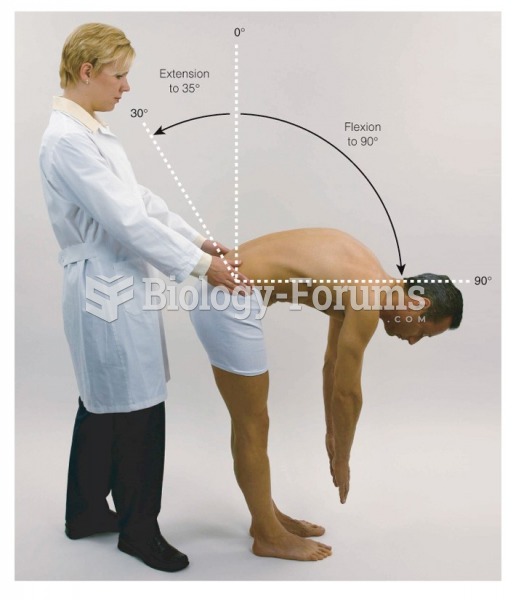Answer to Question 1
The ideal answer should:
a. Explain Kriner and Reeves' argument as suggesting that in spite of presidential statements to the contrary, most presidents, especially on budgeting matters, exhibit all the parochial and particularistic tendencies of legislators and that they have little option but to do so, as their electoral fortunes and those of their party depend on it.
b. Discuss how institutional features of the office, such as the Electoral College, keeps presidents tied to local constituencies and that the need for a large number of co-partisans in Congress to pass legislation means that presidents go out of their way to attend to the material needs of those constituents who are most supportive of the party. Illustrate these claims using evidence showing that electorally competitive districts that support the president receive a disproportionately larger share of federal monies.
c. Assess the arguments by noting that although the evidence supportsKriner and Reeves' claim, the claim itself goes too far, and that the politics Kriner and Reeves consider are not representative of all areas in which presidents assert power.
d. Challenge the arguments on two further points: first, our ability to infer presidential preferences and perspectives on the basis of presidents' actions;and second, how it is not clear that a national perspective requires presidents to attend to the welfare of each citizen in equal measure.
Answer to Question 2
The ideal answer should:
a. Identify the ACA as the health care legislation passed in 2010 that significantly expanded the number of people receiving health insurance.
b. Explain that many people agreed there was a problem with health care delivery in the United States but few agreed on how to solve that problem.
c. Demonstrate how Obama turned the discussion of health care reform into a question of national priorities, drawing on a range of anecdotal examples from citizens across the country, and even resorted to couching the appeals to national identity and pride in fiscal terms.
d. Show how the legislative battle over the ACA reflected the different institutional perspectives, with members of Obama's party seeking special considerations for their constituents in exchange for their vote, including the Cornhusker Kickback and Mary Landrieu from Louisiana securing additional funding for her state, while noting that Obama still tried to frame those actions in terms of the national outlook.
e. Illustrate how the opposition to the ACA was framed in terms of local interests,using examples such as Rick Scott's comments, and how the battle over implementation also showed the distinct perspectives on domestic policy,with the president continuing to promote the law at a national level and individual politicians advocating for implementation plans that best-suited their local constituents.







